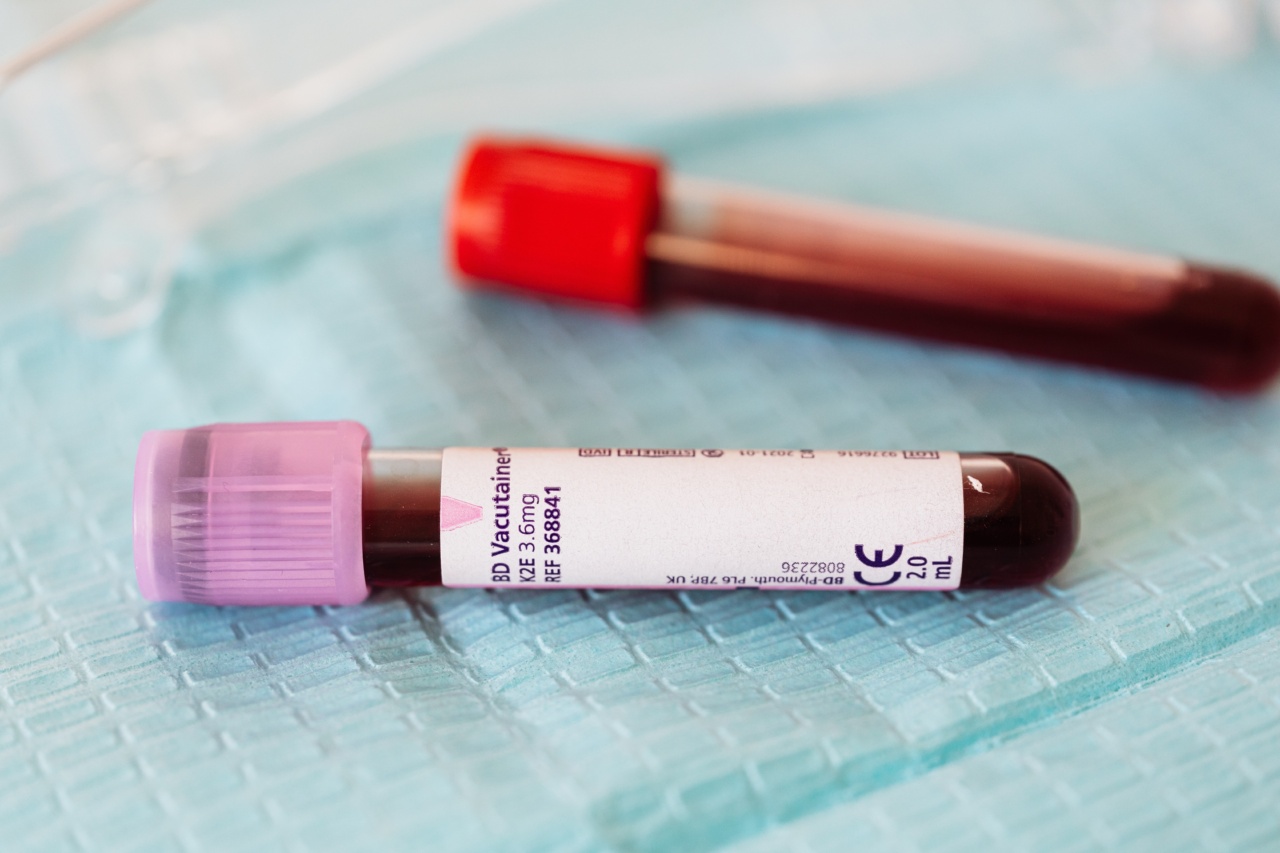Varicose veins are enlarged veins that occur due to weak or damaged valves in the veins, causing the blood to flow backward and pool in the veins.
Varicose veins often affect the legs, but they can also appear in other parts of the body such as the pelvic area. Pregnancy increases the risk of developing varicose veins because of the increased blood volume and pressure on the veins. However, there are steps that women can take to prevent varicose veins during pregnancy.
Elevate Your Legs
Elevating your legs above your heart is one of the most effective ways to prevent varicose veins during pregnancy. This will help to improve blood flow back to the heart.
Try lying on your back and placing your legs up against a wall or using a few pillows to elevate your legs. Doing this for 30 minutes a day can provide significant relief.
Exercise Regularly
Regular exercise can improve blood circulation and encourage blood flow back to the heart. Low-impact exercises such as walking, swimming, and prenatal yoga are ideal for pregnant women. Exercise for at least 30 minutes a day, five times a week.
Eat a Healthy Diet
A healthy diet with plenty of fiber and water can help to prevent constipation, which can contribute to varicose veins. Eat plenty of fruits, vegetables, and whole grains. Stay hydrated by drinking plenty of water.
Wear Compression Stockings
Compression stockings provide pressure to the legs and help to improve blood flow back to the heart. They can also help to reduce swelling and prevent blood clots. Compression stockings are available in various sizes and compression levels.
Choose stockings that fit your size and needs.
Avoid Standing or Sitting for Long Periods
Standing or sitting for long periods can put pressure on the veins and contribute to varicose veins. If you must stand or sit for long periods, take frequent breaks to move around and stretch your legs.
Avoid Tight Clothing
Tight clothing can restrict blood flow and increase pressure on the veins. Avoid wearing tight clothing, especially around the waist, legs, or groin area.
Don’t Cross Your Legs
Crossing your legs can restrict blood flow and increase pressure on the veins. Instead, try sitting with your legs uncrossed and your feet elevated.
Take Frequent Breaks to Walk Around
If you have a job that requires you to sit for long periods, take frequent breaks to walk around and stretch your legs. This will help to improve blood circulation and reduce the risk of developing varicose veins.
Manage Your Weight
Excess weight can put pressure on the veins and increase the risk of developing varicose veins. Maintain a healthy weight through a balanced diet and regular exercise.
Consult Your Doctor
If you are at high risk of developing varicose veins during pregnancy or if you have any concerns, consult your doctor. They can evaluate your condition and recommend appropriate treatment options.





























